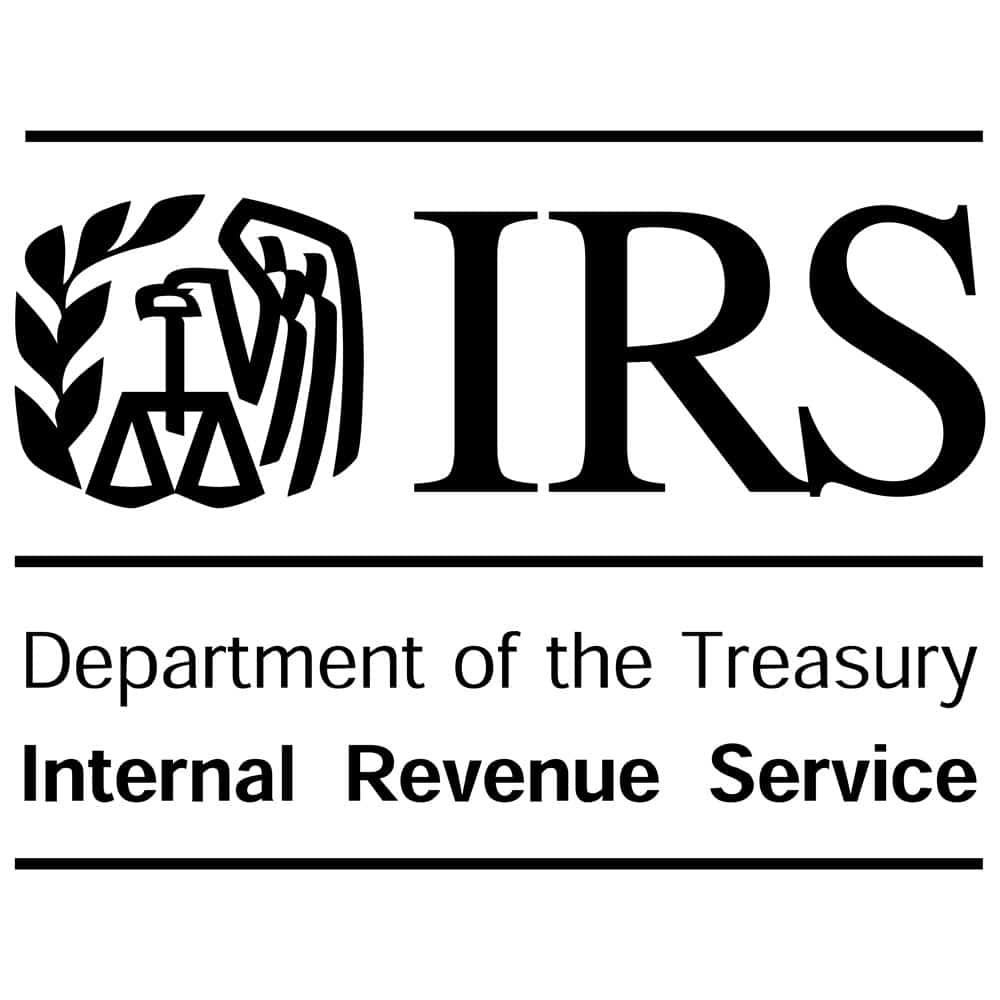MEMORANDUM
TO: ALL CLIENTS
FROM: LEGAL DEPARTMENT
DATE: JULY 18, 2001
RE: NEW REQUIREMENTS ON FIDELITY BONDING FOR QUALIFIED EMPLOYEE BENEFIT PLANS
I. BACKGROUND
Current regulations under ERISA require generally that all Employee Benefit Plans engage an Independent Qualified Public Accountant ( IQPA) to perform an annual audit of the Plan, and to include that accountant’s report as part of the Plan’s annual report. An exemption to this requirement has been given to small pension plans with less than 100 participants generally, due to the cost of an annual independent audit. Due to recent losses to small plans because of fraud or theft on the part of Plan Fiduciaries, the Department of Labor has come under pressure to take steps to insure that small plans assets are protected. In order to take steps to protect the participants of small plans, while not causing undue costs on small plans, the following Final Rule has been implemented.
II. NEW RULE
Effective as of the first plan year beginning after April 17, 2001, in order to be exempt from the requirement of an annual independent audit, all pension plans with fewer than 100 participants must: (1) meet one of the two steps discussed below; and (2) must now begin including additional information to the participant’s in the Summary Annual Report (SAR).
III. THE NEW TESTS
In order to avoid the independent audit requirement, the plan must meet (on a yearly basis) one of the two requirements below.
- Plans must hold at least 95% of assets in “Qualifying Plan Assets”
If a plan holds at least 95% of their assets in “Qualifying Plan Assets”, then the waiver from the requirement of an independent annual audit will continue to apply. “Qualifying Plan Assets” have been defined to include all assets held by either a bank or other similar financial institution, an insurance company, a registered broker-dealer or any other trustee qualified under section 408. “Qualifying Plan Assets” also includes participant loans, and Qualifying Employer securities under section 408(b)(1). Therefore, the employer stock held by an ESOP constitutes “Qualifying Plan Assets”. An example of non-qualifying plan assets would be interests in real- estate, or limited partnerships. The 95% asset test is measured at the beginning of the Plan year, by looking at the data from the anniversary date of the prior year. This is the same method that has normally been used to calculate the amount of the fidelity bond required for the year under Section 412 of ERISA.If a plan does not meet this test, they may still be eligible for a waiver by virtue of their fidelity bond.
- The Plan’s fidelity bond must be adequate
Section 412 of ERISA requires that all Qualified Employee Benefit Plans maintain a fidelity bond equal to 10% of the assets in the plan, determined as of the beginning of the plan year. If the plan holds more than 5% of its assets in non-Qualifying Plan Assets, then the plan may still take advantage of the small plan waiver provisions by increasing the fidelity bond to completely cover the value of those assets. This requirement would be based on the assets held on the first day of the plan year. For many plans where the value of non-Qualifying Plan Assets may be greater than 5%, but less than 10% of the total plan value, the current fidelity bond would already be adequate.For example, if a plan with $1,000,000 of assets on the first day of the plan year had $75,000 of those assets in real estate as an other investment, then that plan would have over 5% of its assets in non-Qualifying Plan Assets, and fail part one of the requirement. However, the plan would still be eligible for the waiver from an independent audit since its fidelity bond should be for $100,000 already, and therefore completely cover the non-qualifying assets. However, if the plan had $150,000 in real estate holdings, then the fidelity bond would need to be increased to that amount in order to maintain the audit exemption.
IV. ADDITIONAL INFORMATION REQUIREMENTS
The second portion of the new rule will now require that small plans that want to maintain a waiver from the requirement of an annual independent audit, must provide four additional items of information to plan participants with the Summary Annual Report.
- The name of each institution holding “Qualifying Plan Assets”, and the amount held at the end of the year.
- The name of the surety company issuing the fidelity bond, IF over 5% of the Plans assets are non-qualifying.
- A notice that participants may upon request and without charge examine or receive copies of evidence of the required bond, and statements from the institutions that hold the qualifying assets.
- A notice stating that participants can contact the DOL for assistance if they are unable to receive the information requested under number three.
Since most of our clients with less than 100 participants rarely hold over 5% of their plan assets in non-“Qualifying Plan Assets,” the first part of this new rule should not trigger the new requirements for an independent audit.
However, the second portion of this rule does require for plan years ending as of April 30, 2002 (and thereafter) that administrators work with their clients who wish to remain exempt from the costs of an annual independent audit, by insuring that the SARs accurately convey the information relating to assets held by the plan to the plan participants. Attached you will find a new model SAR that includes the information required under these regulations.





